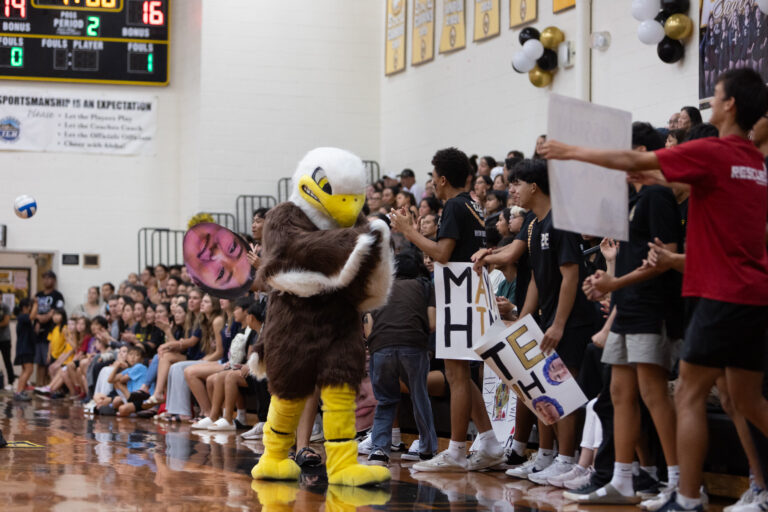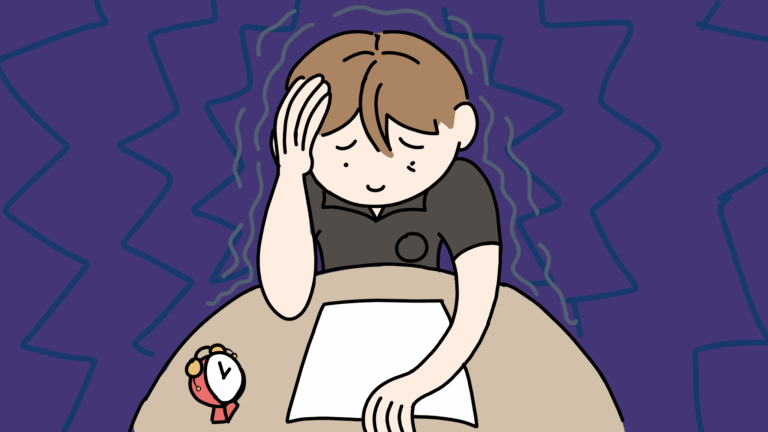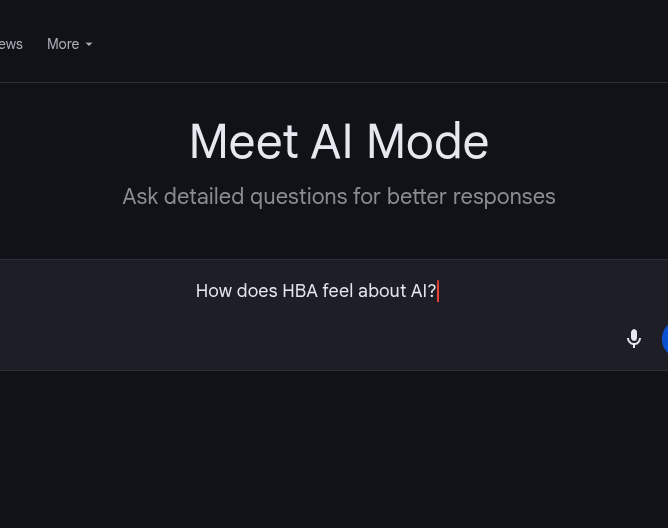No one expected a global pandemic to happen this year. However, we are in this predicament right now.
The coronavirus has made its way across the whole world, infecting thousands of people, and hospitals are either overflowing with COVID-19 patients or preparing for an influx of them. Many nurses, doctors, and health care workers are putting in extra time and effort at work, while putting their own health at risk to care for those with the virus. My mom and a close family friend are both nurses in Hawaii and through them, I’m learning that the virus is a grave problem that we are facing, and that there are still many people who aren’t taking it seriously.
My mom, Tiffany Halemano, is a registered nurse at Kapiolani Medical Center for Women and Children. Her unit has been preparing for an influx of COVID-19 patients, which includes putting in place new policies and procedures that my mom and her coworkers need to follow. For example, when arriving to work, they’re required to wear a face mask and to check their temperatures before entering the building. Once they’re inside, they put on all their protective personal equipment, also known as PPE. This includes being covered from head to toe with a gown, as well as goggles, an eyeshield, an N95 mask, and booties to cover their shoes. Even though she has not had to care for any COVID-19 patients, her unit follows distancing rules and has taken steps to preserve their supply of PPE given the nationwide shortage.
Our close family friend, Nicole Ernst, is also a registered nurse at the same hospital. She primarily works in labor and delivery, but she now also works at the hospital’s drive-thru COVID-19/flu swabbing clinic. Patients are sent to this clinic with a prescription from their doctor to test if they have COVID-19 or the flu. Ernst said, “I never get to know the results of the swabs that I do, but there is a good chance that I have swabbed at least a couple of positive COVID-19 patients.” Although the risk of her catching the virus is high, Ernst said she has undergone extra training on how to properly use and take off her PPE, which she believes significantly reduces the risks. In this role, I am protected with a gown, gloves, an n995 respirator mask, and a face shield. She added, “Hand sanitizer is in short supply nowadays, but we also sanitize both before and after wearing our PPE, and we sanitize and change gloves between patients. And, as you’ve heard repeated over and over in the news, we wash our hands… a lot.”
Both my mom and Ernst have not just seen dramatic changes in their work life; their increased potential exposure to the virus means that their family and social lives have seen drastic changes too. My mom decided to send me to live with my grandma until the outbreak calms down. Halemano said, “The scary part with this disease is you don’t know who the carrier is. They could be absolutely fine and not know that they’re the carriers.” To protect my grandma and other family members, since I had contact with my mom, we decided that I would self-isolate myself in a camping tent set up in my garage for the first two weeks of my stay. If I needed to enter the house, I would wear a face mask and open doors while wearing gloves. Fortunately, since my mom hasn’t worked with any COVID-19 patients yet, she still stops by to visit me, while maintaining social distancing. However, once she comes into contact with COVID-19 patients, I’m sure that she’ll make the hard decision not to visit us so as to keep us safe. This may seem extreme and ridiculous to those who aren’t directly affected by the virus but for me, it’s a rational choice.
Ernst, on the other hand, does not have immediate family in Hawaii but she also feels the strain of worrying about her loved ones. Her 94-year old grandmother is currently in a care facility in Michigan that had two patients diagnosed with COVID-19. She said, “This thought scares me to my bones…This is not something she will survive if she gets it, and her family may not be able to see her.” In addition her grandfather is in a rehabilitation facility after falling and breaking his hip. As he is not allowed to have any visitors due to COVID-19 safety protocols, Ernst is worried that he is getting depressed. Ernst added, “My cousin and his wife (a nurse) both contracted Coronavirus. My cousin has an autoimmune disease, so I was horribly worried about him. Fortunately, they both had mild cases and are nearly fully recovered. So, while this has not affected my day-to-day family life, it has certainly had an impact on my family.”
In spite of their stressful work and family lives, my mom and Ernst are quick to reflect on the positive sides of their situation. Ernst is grateful that we live in a time where technology exists because she’s able to stay in contact with friends and family. My mom is grateful that she’s able to keep her job and pay her bills. She’s able to provide food for herself, while supporting me and my private school education. A recent estimate published in the Star Advertiser predicts that Hawaii will see a 25% unemployment rate later this year. It was just 2.7% this January. She added, “I feel very blessed, and I think that’s what humbles me through this whole entire situation.”
Sadly, I think that many people don’t take the stay-at-home order or the virus seriously. Health care professionals are risking their lives to treat those with the virus, and when people don’t stay home or follow social distancing rules, it puts more people in the hospital. Ernst, who lives in Waikiki, still sees many people on the beach and lounging around on the sand. She said, “They may truly believe they are ‘social distancing,’ but the only reason it’s even possible for them not to be crowded is because others are staying home, and that’s really not fair.” Experts after experts have said that social distancing and staying-at-home are the only ways to reliably reduce the spread of the virus, but many continue to consider themselves exceptions to the rule. Ernst added, “Too many people don’t think it’s important enough until it affects them, and that’s a problem. That’s the reason the quarantine is going to last longer than it needs to.”
When the stay-at-home order started, I’ll admit that at first I only thought about myself and my own problems. I felt that it was unfair that I didn’t have a senior night for judo or that my high school graduation ceremony could be canceled. But, during my time in self-isolation, I started to see that there are bigger problems out there. I thought about my mom’s health and worried about who would take care of her if she did get the virus. I wondered how long this pandemic will last and when I will be able to hug my mom without being scared of catching the virus. Although the answers to my questions are unknown, I do know that in order for things to go back to normal, everyone needs to play their part. If medical workers like my mom and Ernst are willing to risk their lives to serve others, staying at home isn’t too much to ask for everyone else. It’s time for people to realize that going out to see friends or to have fun puts themselves and others at risk, and that it’s time to stop.






